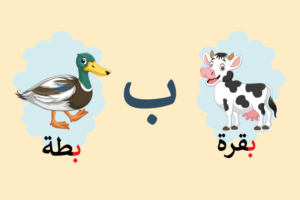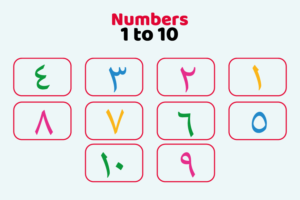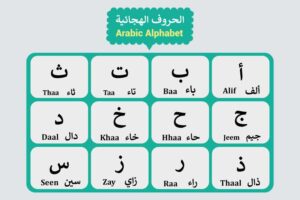
Top 5 Methods for Learning Arabic: From Traditional to Modern Techniques
Learning Arabic, one of the world’s oldest and most beautiful languages, can be both a challenging and rewarding experience. Whether you’re pursuing it for personal enrichment, professional advancement, or cultural understanding, the method you choose can significantly impact your progress. In this article, we’ll explore the top five methods for learning Arabic, ranging from traditional techniques to modern approaches, to help you find the best fit for your learning style.
- Traditional Classroom Learning
Classroom learning remains one of the most effective methods for mastering Arabic, especially for beginners. In a classroom setting, students benefit from a structured curriculum, experienced instructors, and the opportunity to engage in group discussions and activities. The traditional classroom approach emphasizes foundational skills such as grammar, vocabulary, and pronunciation, which are crucial for building a strong base in Arabic. - Language Immersion Programs
Language immersion programs are designed to immerse learners in an Arabic-speaking environment, enabling them to practice the language in real-world situations. This method is particularly effective for developing fluency and improving pronunciation. By living and interacting with native speakers, students not only learn the language but also gain a deep understanding of the culture. Immersion programs are available in various Arabic-speaking countries and are ideal for those who want to accelerate their learning. - Online Courses
With the rise of digital technology, online courses and apps have become popular tools for learning Arabic. Platforms like Our School (Bis School) offer flexible, self-paced learning options that cater to different skill levels. These resources often include interactive exercises, quizzes, and games to reinforce learning. Additionally, many online courses provide access to native speakers for conversational practice, making it easier to learn Arabic from anywhere in the world. - Private Tutoring
Private tutoring is an excellent option for learners who prefer personalized instruction. A private tutor can tailor lessons to your specific needs, focusing on areas where you may need extra help, such as speaking, listening, or writing. This method allows for one-on-one interaction, enabling you to progress at your own pace. Whether you choose in-person or online tutoring, this approach offers flexibility and convenience, making it easier to fit Arabic learning into your busy schedule. - Language Exchange Partnerships
Language exchange partnerships involve pairing up with a native Arabic speaker who wants to learn your language. This mutually beneficial arrangement allows both parties to practice speaking and listening skills in a relaxed, informal setting. connecting learners from around the globe. Language exchange is an excellent way to practice conversational Arabic and learn colloquial expressions that are often not covered in formal classes.
Conclusion
Choosing the right method for learning Arabic depends on your goals, learning style, and available resources. Whether you opt for traditional classroom instruction, immersive experiences, digital tools, private tutoring, or language exchange partnerships, each method offers unique advantages that can help you achieve fluency in Arabic. By exploring these top five methods, you can find the approach that best suits your needs and embark on a successful journey to mastering the Arabic language.



